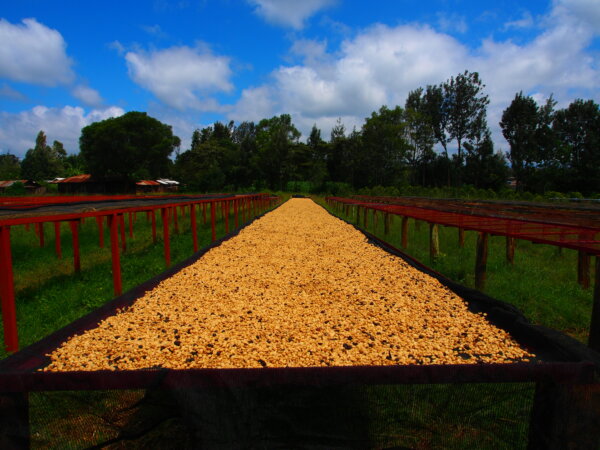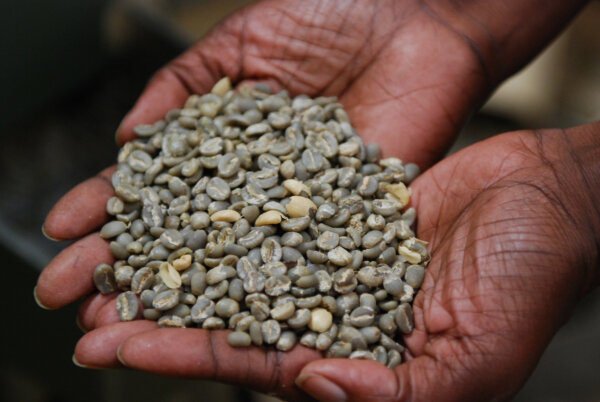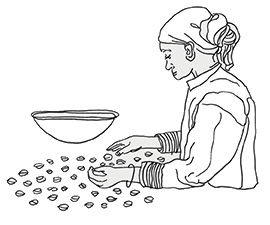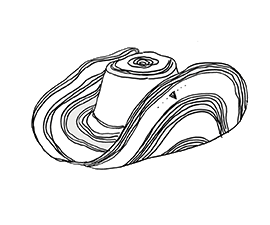About Kiangoi AB

OLYMPUS DIGITAL CAMERA
 With 950 members, Kiangoi factory has high quality control standards that shine through in the end cup.
With 950 members, Kiangoi factory has high quality control standards that shine through in the end cup.
The area (part of the larger Kirinyaga region) experiences a biennial production cycle with the early harvest being from April to June and the late second season being from October to December. The main coffee varieties grown are SL28, SL34 and Ruiru 11, with SL28 and SL34 accounting for 99% of all coffee produced while Ruiru 11 accounts for 1% of production.
After harvest, ripe coffee cherry arrives at the factory. There, it undergoes processing to remove the skin and pulp. Wastewater is discarded in soaking pits, and is then recirculated for conservation. The factory uses a disc pulper with 3 sets of discs to remove the skin and fruit from the inner parchment layer that is protecting the green coffee bean.
After pulping, the coffee is fermented in fermentation tanks overnight to break down the sugars. Then it’s cleaned, soaked, and spread out on the raised drying beds. Time on the drying tables depends on climate, ambient temperature and volumes under processing, and can take from 7 to 15 days in total.
Kiangoi factory is run by a coffee manager who oversees all activities within the factory. Manager and staff distribute the labor of tasks such as weighing coffee, selecting and grading coffee, paying producers and addressing farmer issues as they come up.
The affiliate members of the factory carry out all agronomic activities associated with coffee production, sourcing coffee from the Coffee Research Station and planting according to the best-practice guidelines. Fieldwork involves weeding, pruning, spraying, applying fertilizer and giving technical advice to farmers.



 With 950 members, Kiangoi factory has high quality control standards that shine through in the end cup.
With 950 members, Kiangoi factory has high quality control standards that shine through in the end cup.
